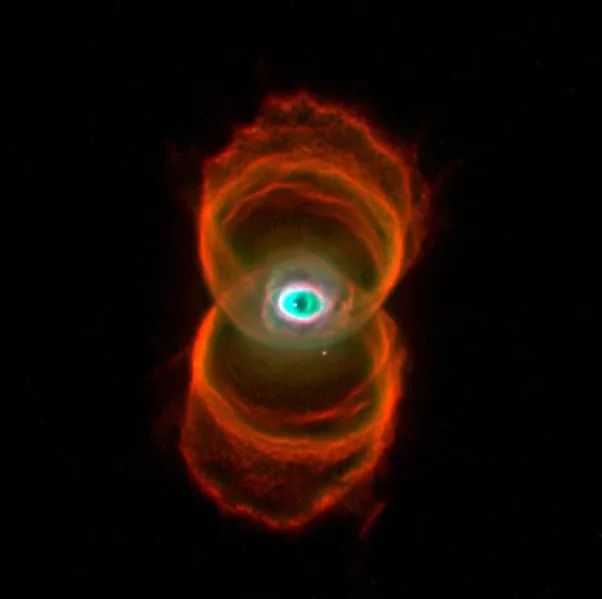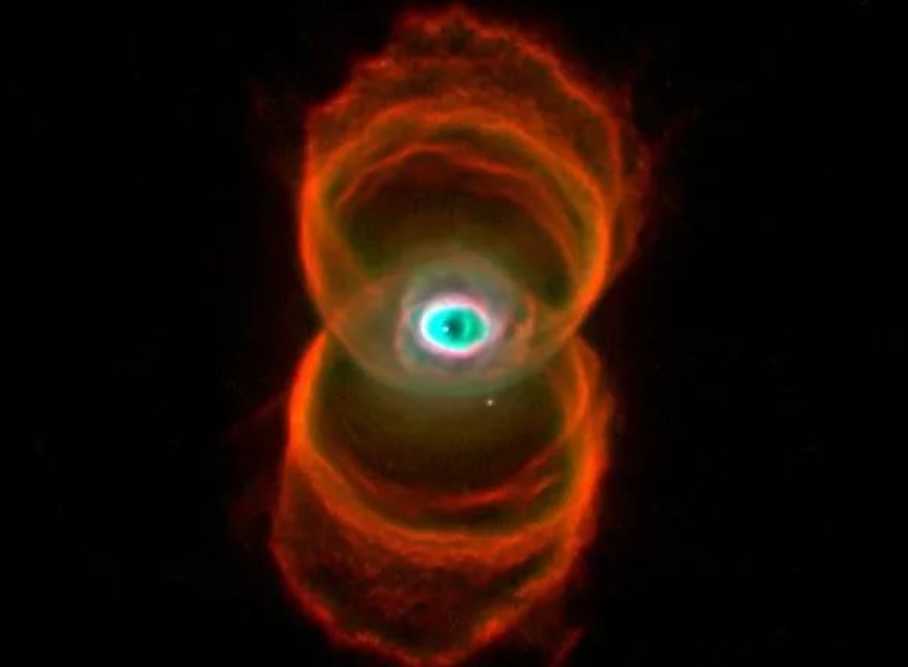The Hourglass Nebula: A Cosmic Ode to Stellar Demise
The Hourglass Nebula stands as a mesmerizing testament to the power and beauty of stellar death. Born from the explosive end of a star's life cycle, this celestial wonder owes its iconic shape to the forces unleashed during a star's final moments, captivating astronomers with its symmetrical, hourglass - like structure.

Source: Images from the Internet, if there is any infringement, please contact the removal of
When a star reaches the end of its life, it expels its outer layers in a dramatic explosion. In the case of the Hourglass Nebula, the ejected gas and dust formed a strikingly symmetrical hourglass pattern, likely due to the star's rotation and the presence of a dense disk of material around its equator. This disk channels the outflowing gas into two opposing jets, creating the narrow neck and wide lobes characteristic of an hourglass. The nebula's glowing, colorful hues come from the ionization of the expelled gas by the hot, remaining core of the dying star, illuminating the intricate details of the expanding structure.
As a product of the late stages of stellar evolution, the Hourglass Nebula offers valuable insights into the processes that govern a star's final chapter. The high - temperature gas and dust ejected during this phase not only create a visually stunning display but also play a crucial role in enriching the interstellar medium with elements essential for the formation of new stars and planets. Scientists study such nebulae to understand how massive stars recycle matter back into the galaxy, contributing to the cosmic cycle of creation and destruction. Despite its remote location, the Hourglass Nebula continues to be a subject of fascination, with advanced telescopes capturing ever - more detailed images that reveal the complex dynamics at play in this remarkable cosmic phenomenon.


